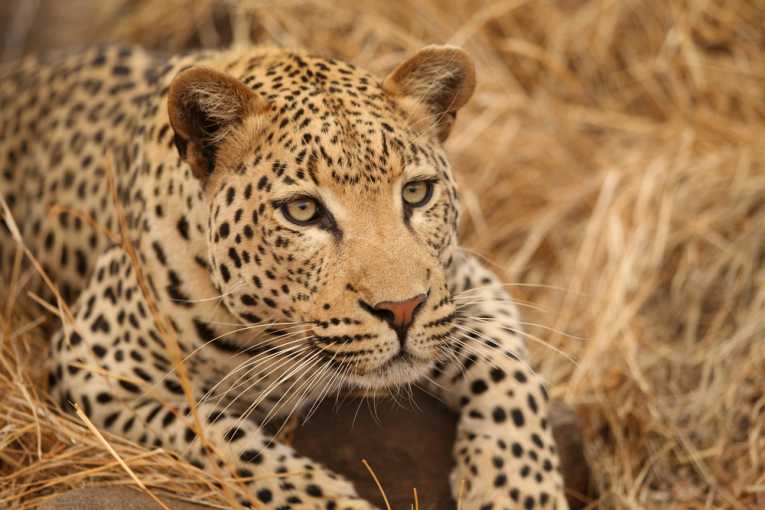Two of the great wonders of Nature are its diversity and its mystery. Why, for instance, do leopards have spots and why do zebras have stripes? Scientists at Harvard University have come a little closer to answering this age-old question.
The answer is a gene called Agouti. The Harvard team has discovered that this gene governs the colour patterns of deer mice, which are the most widespread mammal of North America. It is thought that this gene, which is found in all vertebrates, could well establish colour patterns in a wide variety of species.
This is a particularly exciting discovery because up until now this process has been poorly understood at both molecular and evolutionary levels.
As Marie Manceau, a research associate in Harvard's Department of Organismic and Evolutionary Biology put it, ''… the question of how colour patterns are established in vertebrates has been a black box.''
Writing in the latest edition of the journal Science, Dr Manceau continued that, ''…we were able to show that small changes in the activity of a single pigmentation gene in the embryos of deer mice generated big differences in adult colour pattern.''
The researchers discovered that while still at the embryonic stage, mid-way through gestation and just twelve days after conception, Agouti has established the colour pattern of the mouse. This is well before the first pigments are ever produced in the skin.
It was already known that Agouti affected the type of pigment found in vertebrate fur, feathers and scales. Minimal activity of the gene in an adult results in the production of dark pigments, while robust activity generally produces light pigmentation, but Harvard researchers discovered that subtle changes in the gene's embryonic activity can also make a profound difference in the distribution of pigmentation across the entire body.
Hopi Hoekstra, Associate Professor of Natural Sciences at Harvard and senior author of the report, explained that, ''… during embryogenesis, Agouti is expressed in the belly where it delays maturation of the cells that will eventually produce pigments. This leads to a lighter coloured belly in adults, which is the most common colour pattern across a wide variety of vertebrates, from fish to antelope.''
In addition to the study of colour patterning, the study also highlights how genetic and developmental mechanisms can affect the evolution of natural diversity. It only takes a small change in Agouti gene expression to establish a completely new colour pattern. In deer mice natural selection drives changes in the amount of Agouti expression, which can result in new colour patterns that can camouflage the animals from visual predators in habitats that include dark forests and light sandy beaches.
Professor Hoekstra points out that it is hard not to speculate that Agouti plays a role in generating more complex patterns such as stripes and spots in a wide range of vertebrates.
The plan is to continue the research with animals that have more complex colour patterns such chipmunks and perhaps eventually with zebras and leopards.
Perhaps the result will be a spotty zebra and a striped leopard.










